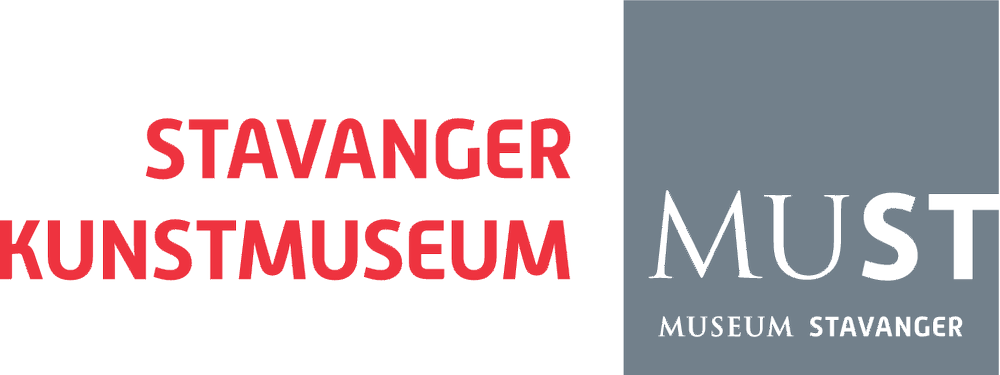Aurora Passero
Born 1984, Oslo. Lives and works in Oslo.
Aurora Passero works at the crossroads between textile art, sculpture and painting, producing artworks that dialogue directly with the room in which they are exhibited. Her monumental works demonstrate a solid theoretical and tacit knowledge of crafting processes and materials. Weaving, macramé and colour dyeing are combined with unconventional material choices such as nylon, rubber and acrylic. Her use of synthetic materials such as nylon breaks rank with the conventions of traditional craft, yet its prevalence is precisely what makes it an interesting material to use. Passero’s weavings often include rifts and damaged areas that are deliberately intended to create a rougher expression. Her focus on the creation process and on experimental materials has much in common with post-minimalistic processual art, for instance works by Eva Hess. In the late 1960s, Hess used unconventional materials such as latex, fibreglass and plastic, weaving and tying them together into sculptures.
In recent years we have experienced a revitalization of textile art: makers have turned away from a primarily material focus to being more conceptual in their approach. Passero fits into this trend due to her work with sculptural weavings that draw inspiration from popular culture, youth culture, underground culture, art history, crafting traditions and ethnological source-materials. These references are combined into a visual archive which the artist develops into an abstract visual language. Her sources of inspiration are therefore not obvious to viewers, but are hinted at through titles, colours and other details in the weavings.
Passero often sees her works as un-stretched canvases, their colours underscoring the material qualities of the woven fabrics. She pours textile colour over the material in a gesture that can recall Jackson Pollock’s action paintings. The works’ watercolour-like expression and mixed colouration also remind us of Colour Field painters such as Morris Louis, who composed his paintings by pouring thinned paint on unprepared canvas. One example is the Unfurled series he made in the 1960s. Passero often creates works in relation to the rooms where they will be exhibited. This is the case for the installation Triggers, on show in the exhibition NN-A NN-A NN-A. The lively textiles enter into dialogue with each other and with the public’s movement; they hang from strings and create a translucent wall spangled with intense neon colour. The work also dialogues directly with the mezzanine architecture, taking advantage of the changing light filtering through the glass ceiling. Passero sometimes gives her works titles with literary and associative qualities. Earlier examples are Fan Their Hearts Inflame Them More, and Heroine and Rattle Sabres. The title Triggers can point to a force that is activated, either during the artistic process, or when the viewer encounters the work. Still, it leaves the work open to other interpretation and associations.
Text by: Ida Sannes Hansen




